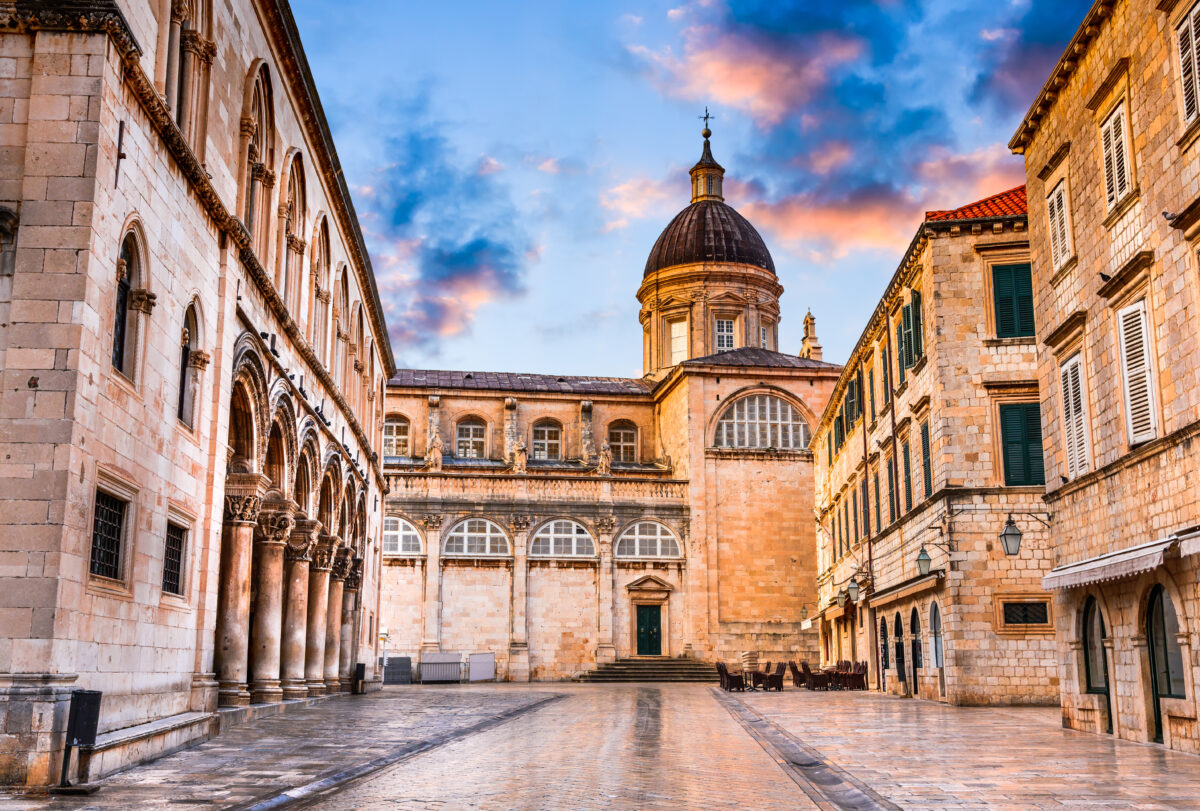In this article, we will explore the UNESCO-recognized treasures in the Balkan countries. Countries characterized by their rich history and cultural diversity are home to numerous treasures recognized for their exceptional value worldwide, designated as UNESCO World Heritage Sites.
These iconic sites, scattered throughout the world, including the Balkan region, encapsulate the richness of civilizations, the importance of preservation, and the history and architecture of humanity, from the ancient Roman heritage to the cultural expressions of medieval times and beyond.
Ancient historic cities, natural landscapes, and architectural monuments reveal the complex and dazzling history of the Balkans, highlighting the unique encounter between the past and the present.
The publication of the List of World Heritage Sites not only recognizes the importance of these sites to local countries but also elevates them to universal status, bringing people together through a shared appreciation of the cultural diversity and collective heritage that enriches the experience among humankind.
We will explore the outstanding UNESCO World Heritage Sites in the Balkan countries, inviting travelers and cultural enthusiasts to immerse themselves in a journey through this fascinating region.
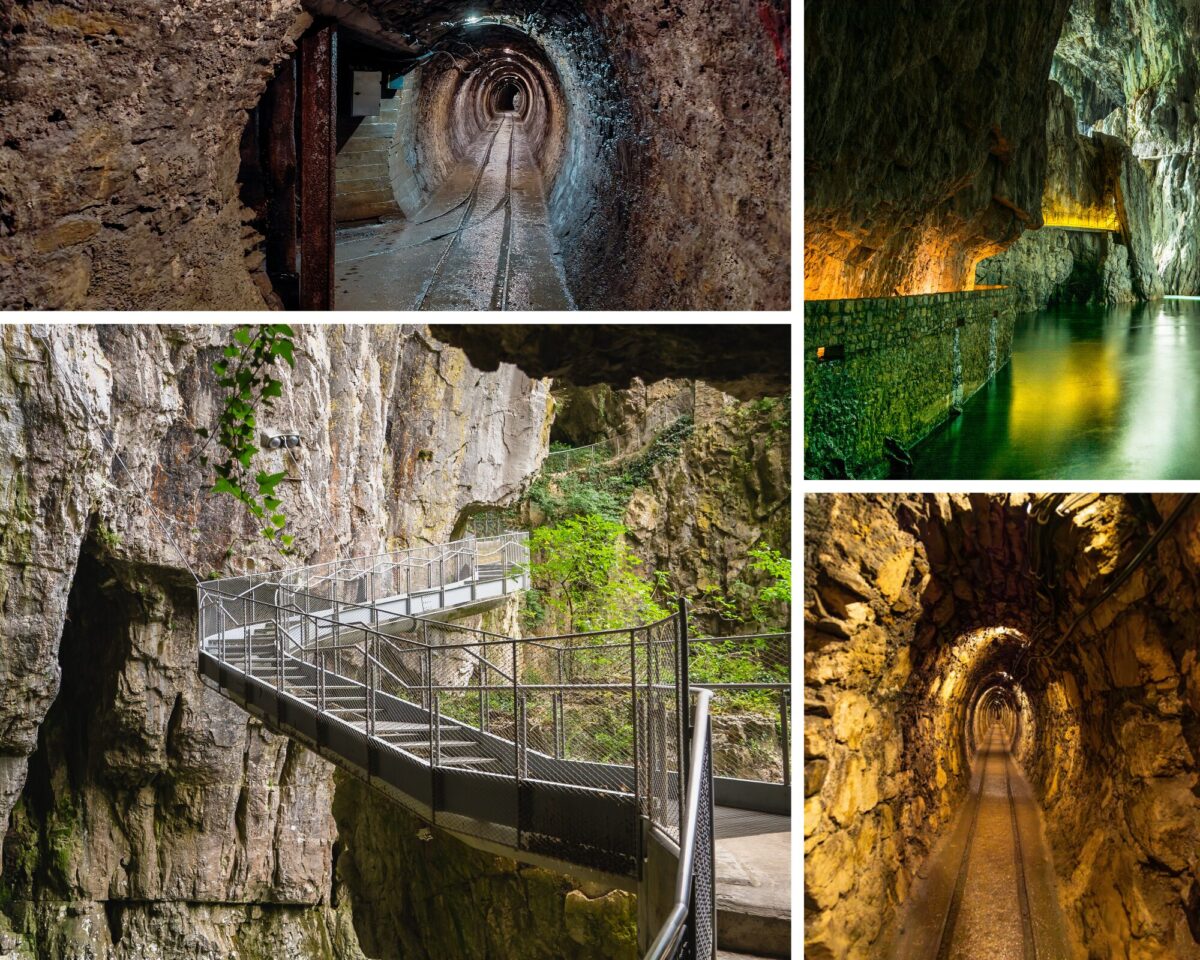
SLOVENIA
Slovenia, a picturesque country located in Central Europe, has several sites inscribed on the UNESCO World Heritage List. These highlights range from architectural wonders to breathtaking natural landscapes.
The Skocjan Caves
In 1986, UNESCO first listed the Škocjan Caves, located in southwestern Slovenia in the Karst. They are an impressive karst cave system.
This site includes a subterranean river canyon, large halls, waterfalls, giant stalagmites and stalactites measuring up to 15 meters, and other underground karst river creations. The caves are decorated with unique geological formations and are home to a remarkable biological diversity.
The Mercury Mine
Later, in 2012, the Mercury Heritage mines (Almadén and Idria) were added. The mercury mine in the town of Idrija in Slovenia commemorates the important history of two prominent mercury mining sites in Spain (Almadén) and Slovenia (Idrija).
These sites have represented the main source of mercury production for several centuries and have played a crucial role in the world economy. The recognition highlights the need to preserve the cultural and environmental heritage associated with mercury mining.
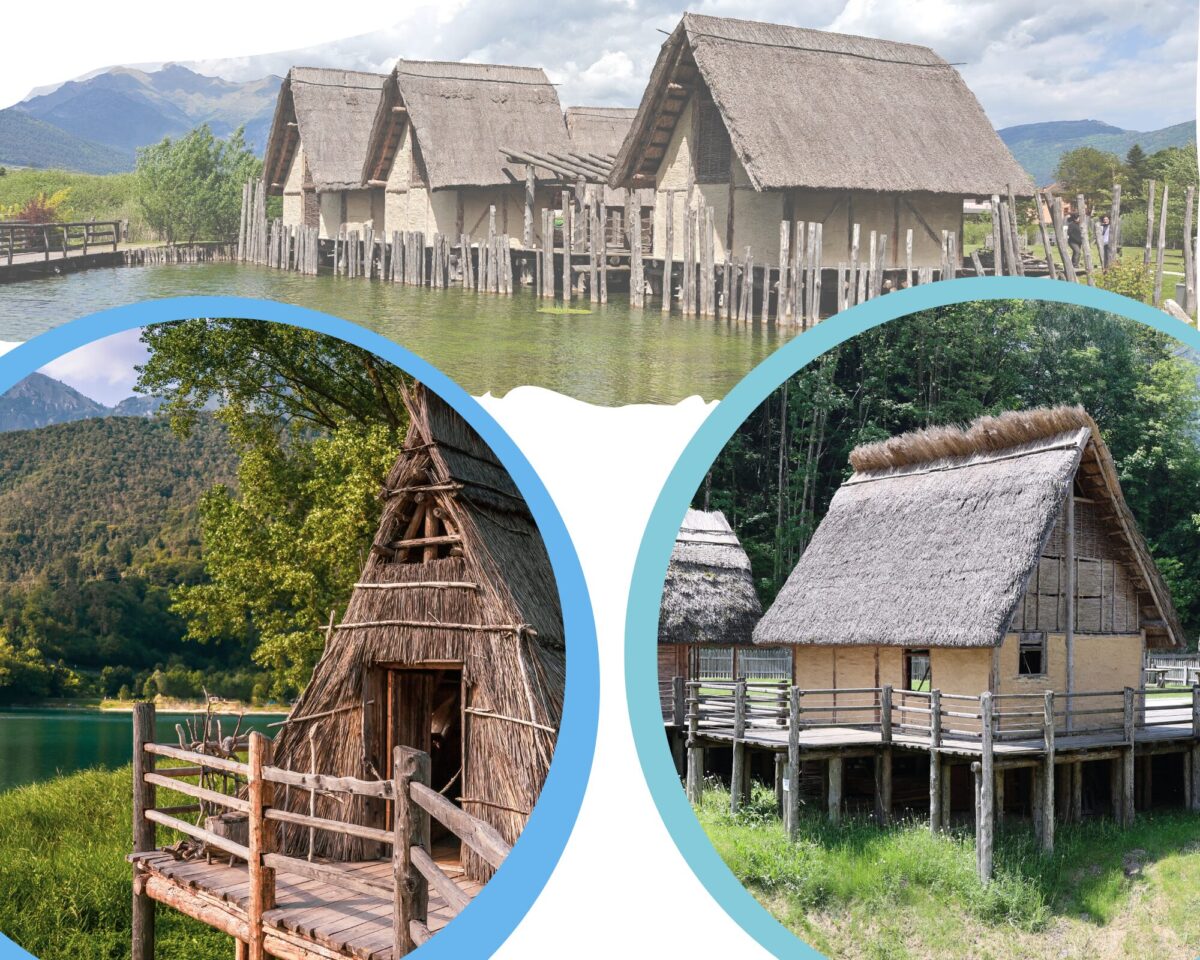
In The Alps
The stilt houses in the Alpine environment gained UNESCO recognition in 2011 for their archaeological value and are located within the Alpine area and on the shores of lakes, rivers, and marshes in Slovenia, Germany, Austria, France, Italy, and Switzerland. These ancient dwellings offer an insight into prehistoric human settlements and their lifestyle, providing a unique window into the past.
In The Capital
Jože Plečnik’s works in Ljubljana – a human-centered urban conception – recognized in 2021, located in Slovenia’s capital, Ljubljana, celebrate the Slovenian architect’s legacy. The UNESCO designation highlights Plečnik’s contributions to human-centered urban design, shaping Ljubljana’s urban landscape. These sites are existing witnesses to Slovenia’s incalculable contribution to the cultural and natural heritage recognized by UNESCO.
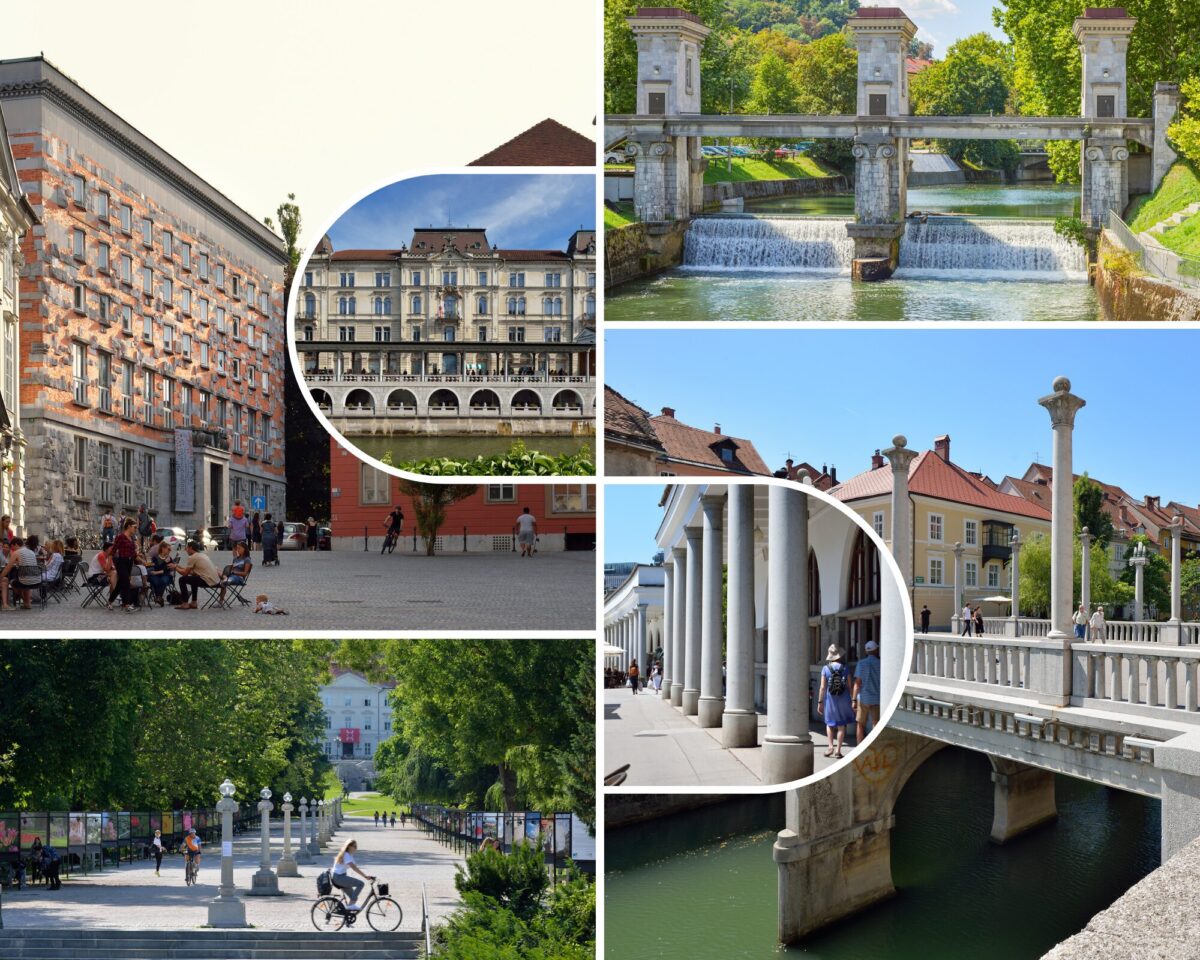
CROATIA
Croatia, with its rich history, landscapes, and cultural diversity, has enriched the UNESCO World Heritage List with several treasures.
Dubrovnik
The Old Town of Dubrovnik, inscribed in 1979 and later enlarged in 1994, stands out among them. Located in the city of Dubrovnik, known as the “Pearl of the Adriatic,” which captivates with its medieval walls and its well-preserved historic center. Its monuments, churches, monasteries, palaces, and fountains offer a window to the past.
Split
We continue with the historical core of Split, with Diocletian’s Palace declared in 1979, located in the city of Split. It reflects an impressive architectural complex that combines styles from different eras, the grandeur of the Roman Empire, and at the same time shows an exceptional place in the Mediterranean, European, and world heritage.
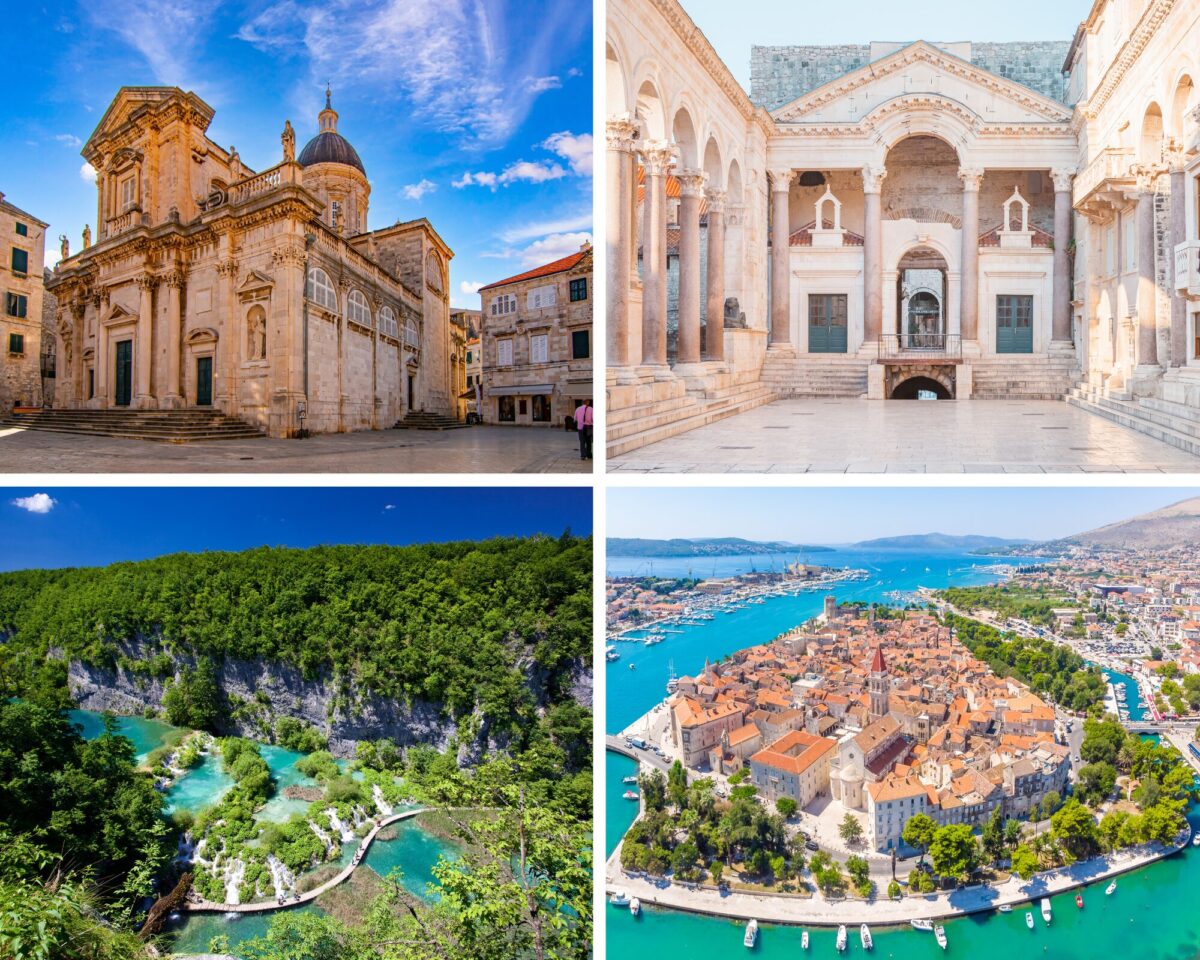
Plitvice
Plitvice Lakes National Park was declared in 1979. Located between Zagreb and Split, it adds to the list of wonders in Croatia with interconnected lakes and waterfalls, surrounded by dense forests.
The unique natural beauty, along with the diverse flora and fauna, has led to the Plitvice Lakes being one of the most prominent tourist destinations in this beautiful country.
Trogir
The historic town of Trogir, designated in 1997, is a historic port and town on the Adriatic Sea coast with a valuable cultural heritage that includes Romanesque, Gothic, Renaissance, and Baroque architecture.
Trogir, the city that slowly but convincingly draws us into an enchanted labyrinth of beauty, into narrow alleys of smooth yellow stone reminiscent of the colors of the warm afternoon sun.
Poreč
The Episcopal complex of the Euphrasian basilica in the historical center of Poreč (recognized in 1997), located in the town of Poreč, represents a cultural treasure. The early Christian complex is the only monument from this period that is preserved intact in the world.
This historical complex stands out for the places of worship such as the episcopal palace, the basilica, the atrium, the baptistery, and religious monuments of Poreč, from the 4th century.
Šibenik
The Cathedral of St. James of Šibenik, declared in 2000, is located in the town of Šibenik and was built between 1431 and 1535.
It is a magnificent example of Renaissance architecture and the fusion of Gothic art that forms this cathedral. The elaborate construction with unique architectural techniques is currently appreciated all over the world.
Hvar
The Stari Grad Plain, declared in 2008, located on the island of Hvar, is a well-preserved example of the ancient division of the soil used for agriculture in the former Greek colony.
This agricultural system has persisted for more than two millennia. Do not miss other monuments such as the Fortica Fortress, the Hvar Cathedral, the theater, the Arsenal, and the Franciscan monastery.
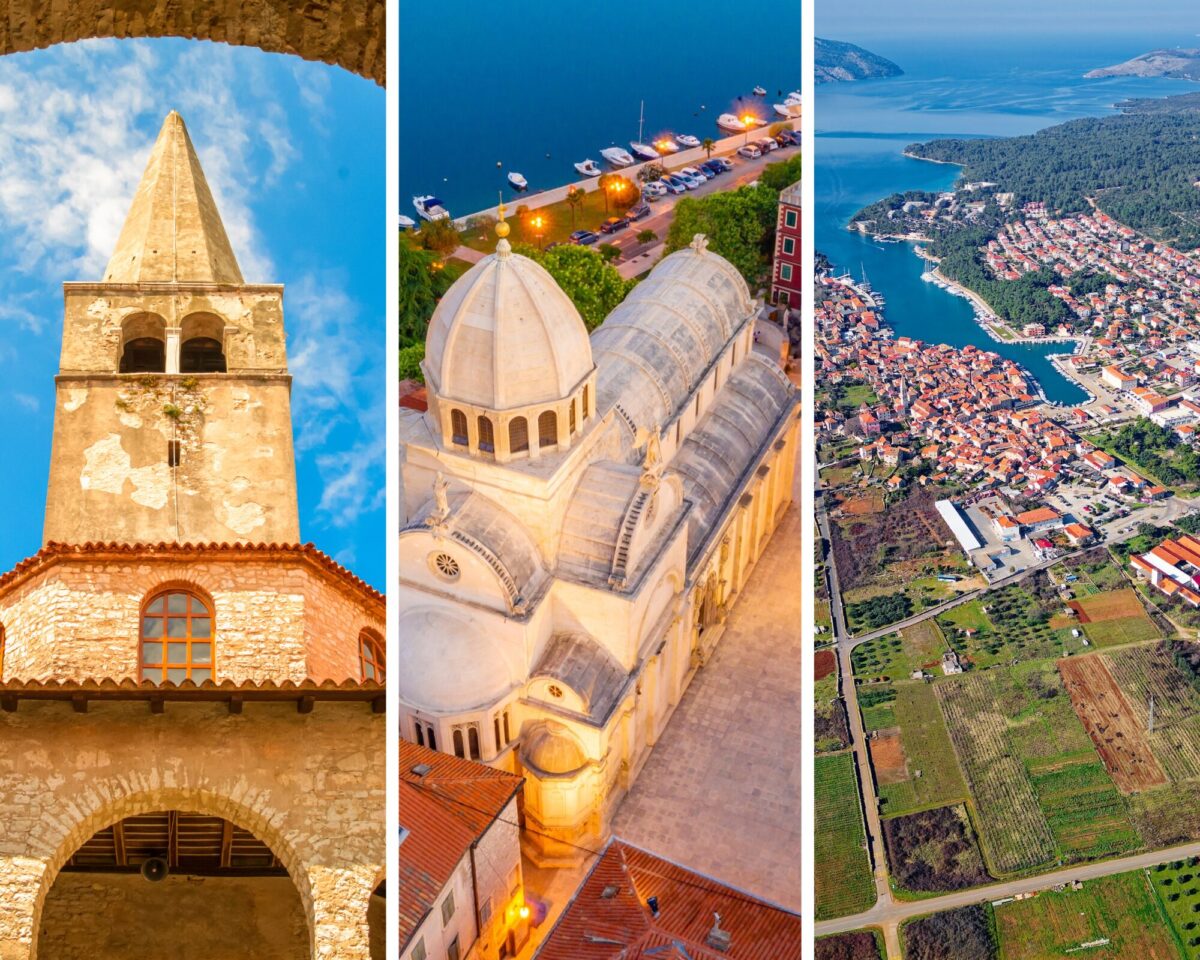
Stecci
Medieval tomb cemeteries “stećci”, designated in 2016 and located in the district of Cista Velika and Dubravka, are a series of medieval cemeteries scattered throughout several countries of the Balkan region, including Croatia. The “stećci” are unique medieval burial monuments, mainly from the 12th to 16th centuries, with memorable inscriptions and decorations.
Stato da Terra
Venetian defense fortifications from the 16th to 17th centuries: Stato da Terra – Stato da Mar Occidental, recognized in 2017, stand out for the historical importance of these defensive structures built by the Republic of Venice. The sea state defenses, built to defend the maritime routes of the Adriatic Sea, are centered on the Croatian towns of Zadar with its defensive system and the fortress of St. Nicholas of Šibenik.
Their strategic locations and architectural feats reflect the military and political context of the time. These sites show the cultural and natural richness that Croatia contributes to the UNESCO heritage.
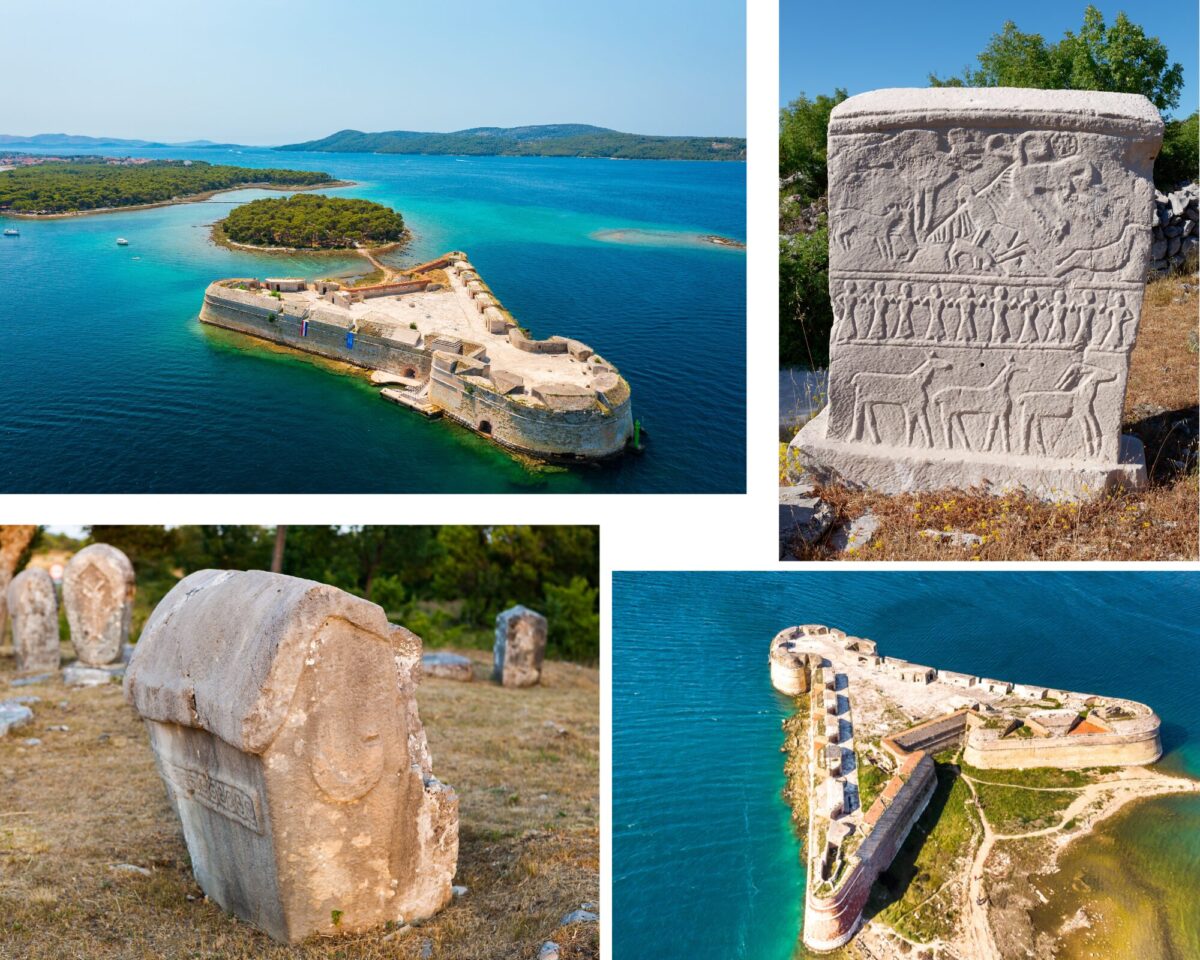
SERBIA
Serbia possesses valuable cultural, historical, and architectural treasures, many of which have earned prestigious UNESCO World Heritage status. These monuments bear witness to Serbia’s complex history, ranging from Roman times to the medieval period.
Felix Romuliana
Among these distinguished sites is the Gamzigrad-Romuliana, Palace of Galerius, inscribed in 2007, located in the district of Zaječar, also known as Felix Romuliana. It is an impressive testimony to the cultural and architectural richness of the late Roman Empire, highlighted by its preserved structures and mosaics from the time of Galerius.
Stari Ras
Stari Ras and Sopoćani, both on the World Heritage List, summarize the medieval heritage of Serbia. Stari Ras, located in the town of Novi Pazar, was the first capital of Serbia, consisting of monasteries, fortresses, and churches, among which the monastery of Sopoćani stands out. Stari Ras and Sopoćani are the guardians of the past of Serbia’s history, preserving the essence of its early capital and religious expression in a historical context.
Studenica Monastery
Inscribed in 1986, located in the town of Kraljevo is a marvel of medieval Serbian Orthodox architecture, founded in the 12th century by Stevan Nemanja. This monastery stands out for the fusion of its two main architectural monuments, the Church of the Virgin and the Church of the King, built in white marble and Byzantine style. These sites link an account of Serbia’s historical significance, architectural art, and cultural contributions to world heritage.
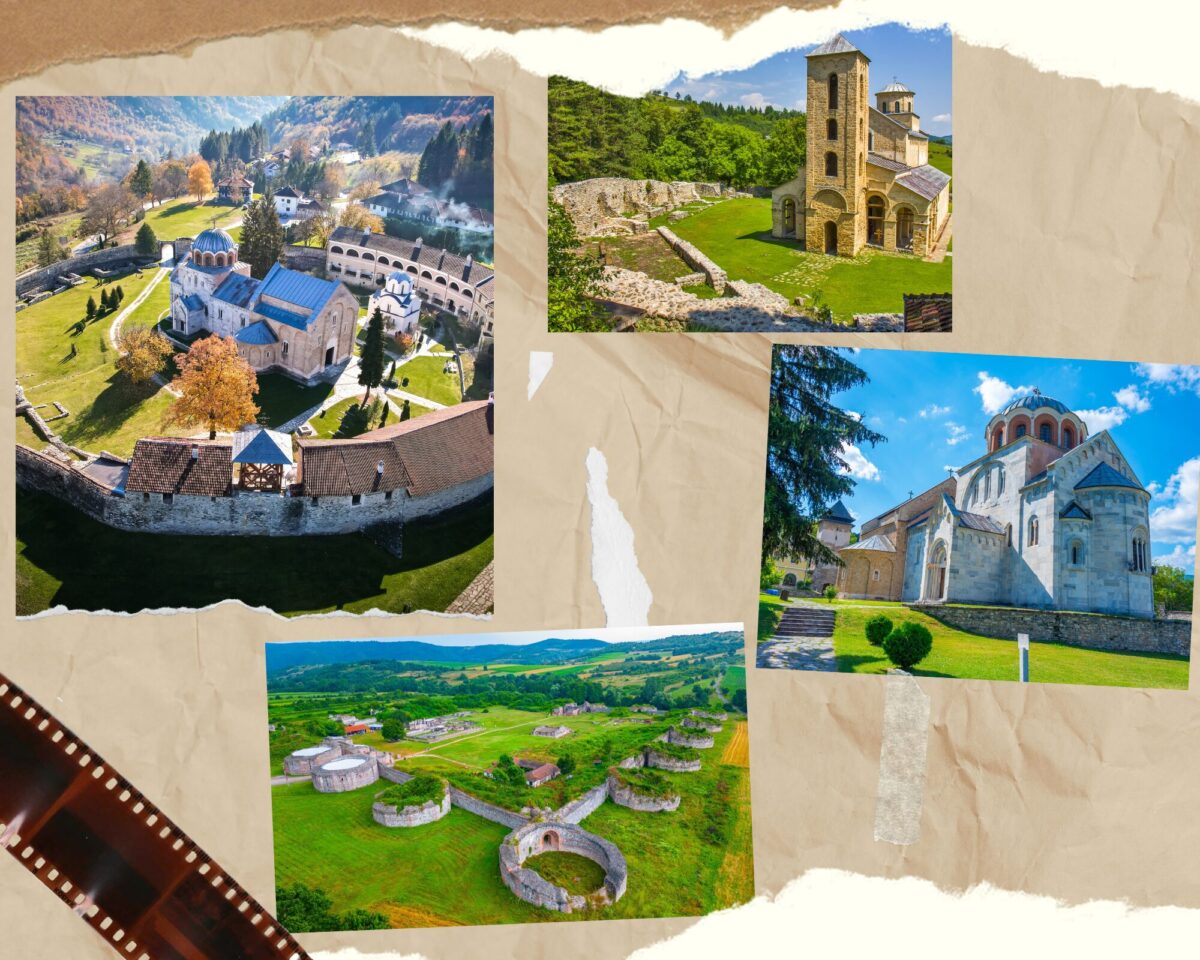
MONTENEGRO
Montenegro is a marvel in the heart of the Balkan countries, and it has gained worldwide recognition with its inclusion on the UNESCO World Heritage List. This charming country, with a part also on the Adriatic coast, is home to several sites that attest to its valuable history, breathtaking landscapes, and architectural wonders. From the very well-preserved medieval towns to the impressive natural wonders.
Kotor
Among them stands out the natural and cultural-historical region of Kotor, declared in 1979 and located in the coastal area of the Adriatic Sea. This wonderful region, surrounded by amazing limestone cliffs, is home to the well-preserved medieval town of Kotor, which was a very important trade and artistic center in the Middle Ages.
The medieval town of Kotor, boasts a spectacular bay, narrow streets, squares, and historic buildings, such as churches and palaces, which make it a unique and culturally interesting destination.
Durmitor National Park
Registered in 1980, located in the mountainous region of northern Montenegro, it is known for its impressive peaks, canyons, glacial lakes, and forests. It is also characterized by a diversity of flora and fauna.
Durmitor is the largest mountain massif and national park in Montenegro. Durmitor has 18 glacial lakes, spread over the mountain massif and the Jezerska Površ plateau. The lakes contribute significantly to the beauty of the mountain and have been nicknamed Gorske Oči, or “mountain eyes”.
Among others, these UNESCO World Heritage sites in Montenegro are woven into a tale that encompasses both the natural wonders and cultural heritage of this Balkan wonderland.
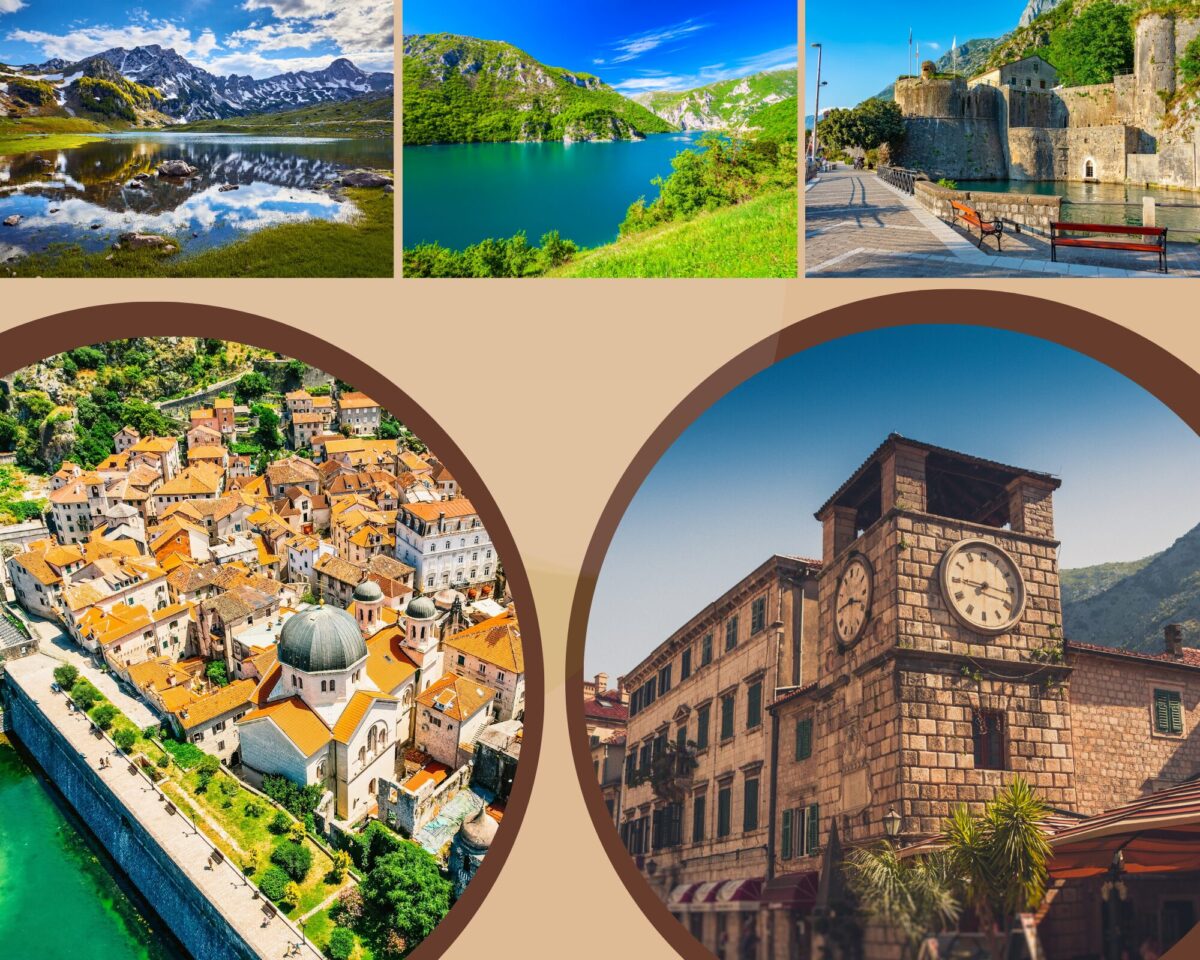
BOSNIA AND HERZEGOVINA
Bosnia is a country steeped in history and diverse cultural influences, where it proudly displays its interesting UNESCO World Heritage treasures. These unique sites bear witness to Bosnia’s past and reflect the links between the various civilizations and their constant impact. From medieval tombstones to the ruins of ancient empires.
Two Bridges – Višegrad and Mostar
First on the list is the Mehmed Paša Sokolović Bridge in Višegrad, inscribed in 2007, also known as the Mehmed Paša Sokolović Bridge. This Ottoman bridge was built in 1577 and crosses the Drina River in the town of Višegrad in Bosnia and Herzegovina.
It is a masterpiece of Ottoman architecture and engineering in the heyday period of Ottoman civil engineering and monumental architecture.
The second is the Old Bridge in the historical center of Mostar, recognized in 2005, which is an Ottoman bridge that crosses the Neretva River in the city of Mostar.
The Old Bridge area is known for its interesting architecture, importance, and varied pre-Ottoman and eastern Ottoman buildings, among others. The bridge was destroyed during the Bosnian War between 1992 and 1995, but was rebuilt and reopened in 2004.
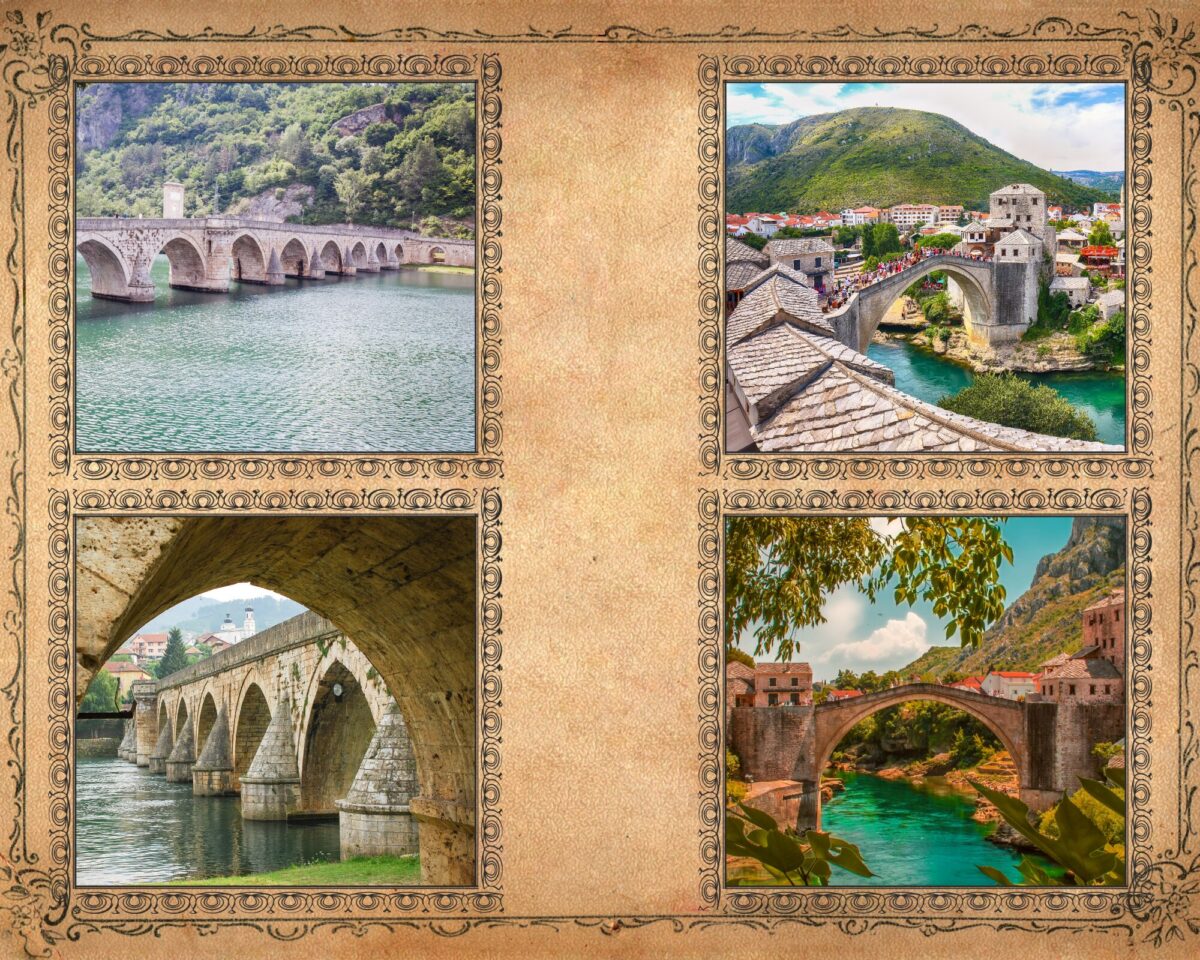
Vjetrenica Cave
Located in the Dinaric mountain range, this area is distinguished by its exceptional cave biodiversity and high level of endemism. Known since ancient times, it offers one of the best-preserved examples of karst topography and is one of the world’s main biodiversity hotspots for cave species, especially subterranean aquatic life. The site is home to several globally threatened vertebrates and is the only known habitat for a species of subterranean tubeworm.
It also harbors a rich variety of plant species endemic to the Balkans. Surprisingly, many of the species found in the Vjetrenica cave are relics from the Tertiary and even the Paleozoic, living fossils whose closest relatives have long since disappeared.
ALBANIA
Albania, with its rich culture and beautiful nature, has several of its landscapes that have been declared World Heritage Sites by UNESCO. These places bear witness to Albania’s varied history, from ancient civilizations to medieval splendor.
Butrint
Butring National Park, declared in 1992 and extended in 1999, is located next to the city of Sarande. The remains of this theater embellish the Albanian landscape with its historical and archaeological importance. With its well-preserved ruins pointing back to prehistoric times, Butrint today is proof of the momentous history that has shaped the identity of Albania.
Berat and Gjirokastër
The historical centers of Berat and Gjirokastra, inscribed in 2005 and 2008, are two Albanian cities that have been providing proof of the architectural and cultural heritage of this interesting country. Berat, known as the “City of a Thousand Windows”, is characterized by its well-preserved Ottoman architecture. Gjirokastra, known as the “Stone Town”, is famous for its harmonious blend of Ottoman and Balkan architecture.
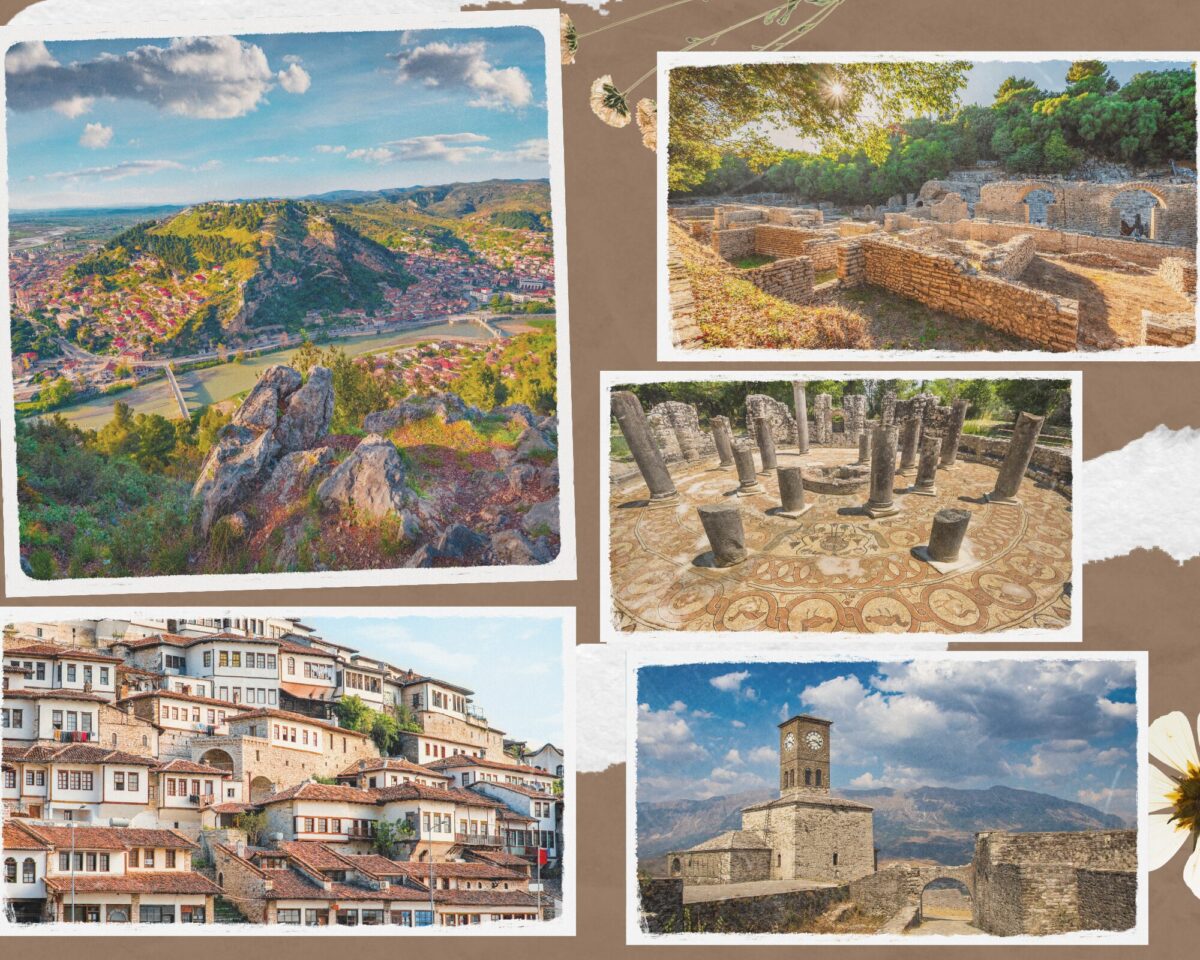
NORTH MACEDONIA
North Macedonia is a wonderful country with nature, history, and a UNESCO World Heritage Site which many locals also visit. From ancient archaeological wonders to impressive medieval constructions, it transports us to the gateway to the country’s past.
Lake Ohrid
The highlight is the Natural and Cultural Heritage of the Ohrid Region, inscribed in 1979 and extended in 1980 and 2019, which is located on the shores of the town of Struga. This treasure is proof of the rich history and beauty of the region, centered on the charming Lake Ohrid, one of the deepest and oldest in Europe. The lake is also a popular gateaway for locals in summer.
Shared with Albania, this lake boasts natural and cultural treasures. UNESCO emphasizes the prestige of preserving Ohrid’s biodiversity and historical heritage in partnership with North Macedonia to defend this exceptional site. North Macedonia’s participation in this prestigious UNESCO list highlights its dedication to preserving these irreplaceable natural treasures.
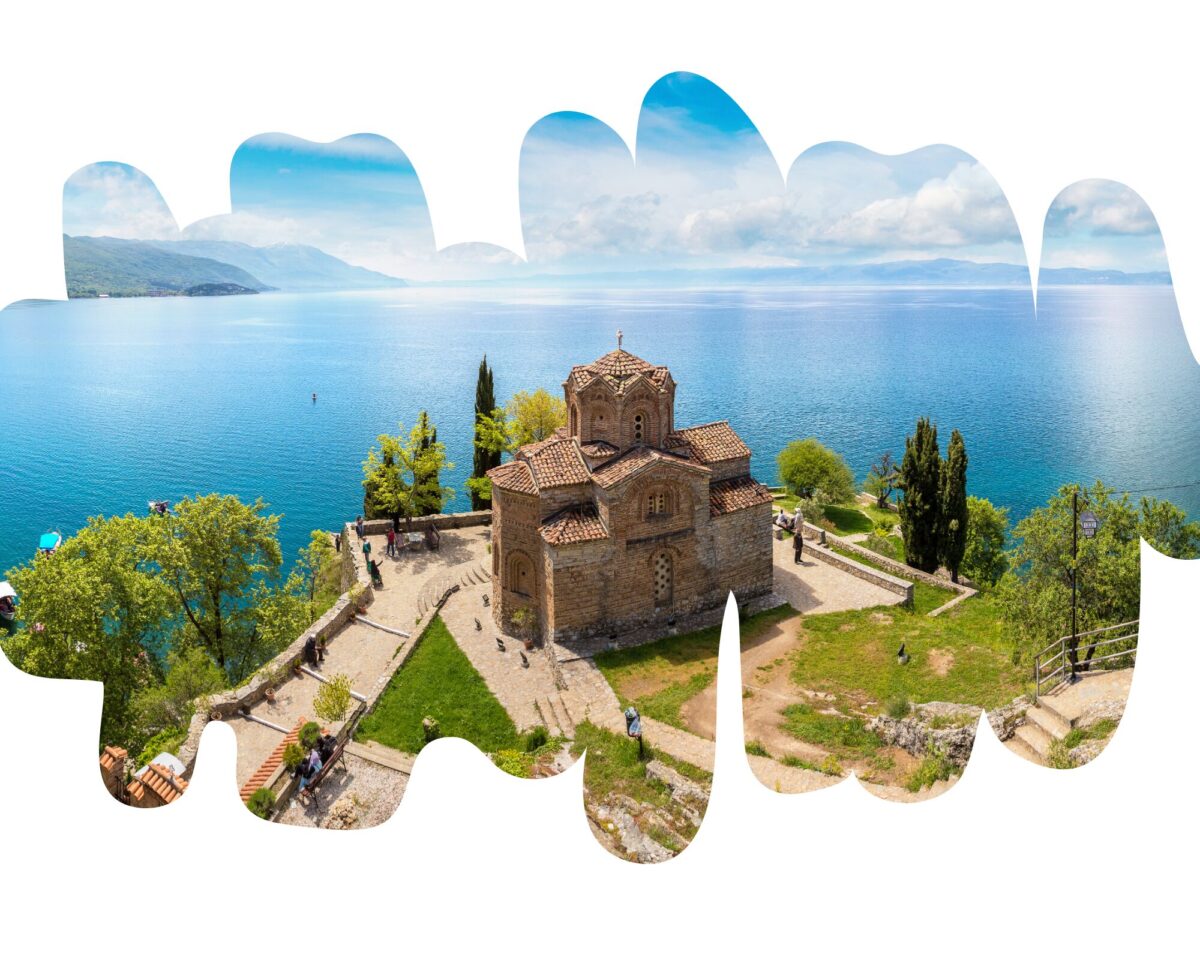
UNESCO and the country’s commitment to preservation are evidenced by their exceptional universal value to humanity. These sites are protected for their historical, cultural, scientific, or natural importance.

